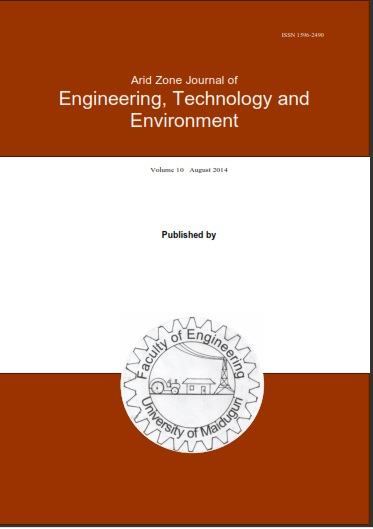Abstract
The electricity generation capacity of Nigeria, which is predominately fossil-based and unsustainable, is far below the energy needs of its growing population and industrial demand. There is a need therefore to increase the level of renewable energy in the energy mix to reduce the adverse effect of fossil fuels on the environment and enhance access to electricity. Assessing the performance of renewable energy systems in a location is a prerequisite for embarking on the technology. In this paper, 10-year average minimum solar radiation and wind speed data of the Heipang community of Barkin-Ladi LGA of Plateau State and load sharing strategy design approach were used to design a hybrid solar wind power system to meet the load demand of the Heipang community. MATLAB codes were written to simulate the designed hybrid solar-wind power system to assess its performance over the year against the given load demand profile using one-year hourly global solar radiation, wind speed, and ambient temperature data. Results show that for a load demand of 158.32 kW and a daily energy demand of 710.59 kWh/day, with two-day autonomy, it will require 283 units of 300W capacity solar panels, 2 units of 50 kW rated capacity wind turbine at 42m high and 90 units of 48V, 350Ah deep cycle batteries to meet the load demand. The capacity factors of solar, wind, and hybrid solar-wind power systems are 18%, 23%, and 21% respectively indicating high renewable energy resource potentials. The performances results also show slight complementarity between solar and wind power generation, thereby requiring battery backup to supplement the deficit.

This work is licensed under a Creative Commons Attribution-NonCommercial-NoDerivatives 4.0 International License.
Copyright (c) 2024 Arid Zone Journal of Engineering, Technology and Environment published by University of Maiduguri, Nigeria

